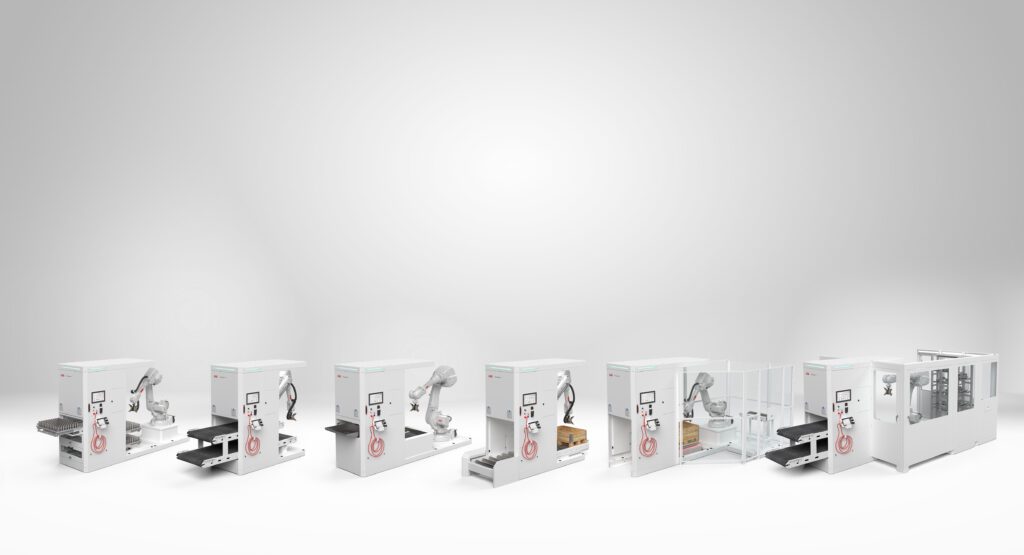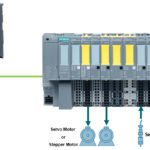New investments in industrial and manufacturing conveying technologies could reach $65.1B by 2026. That’s according to a new report from researchandmarkets.com. Continued push to automate material handling, assembly, and distribution operations are key drivers. Another is the pressure from regulatory changes forcing adoption of conveyors sporting gearless and other energy-efficient motor designs. Still another is end-user interest in leveraging smart conveyor capabilities for product tracing.
Conveyors based on belt and roller designs (with the latter some 20% of new conveyor installations) lead the pack. Next-most common are pallet (unit load) conveyors, which currently account for about 16% of all new conveyors installed … and are especially important for cleanroom, ESD-compatible, and washdown settings.
The supply-chain challenges associated with the COVID pandemic have forced many manufacturers and OEMs to shift from just-in-time operations to so-called just-in-case operations — the preemptive stockpiling of threatened raw goods and subcomponents subject to price volatility. Here, conveyors have already provided essential material-handling services to new inventory-warehousing locations established after 2020 — especially for local manufacturing and construction industries. That and the growth of third-party logistics operators for fulfillment and transportation are two major areas of new conveyor application.

Another trend is conveyor unburdening by unmanned ground vehicles (UGVs) and conveyor tending by collaborative robots (cobots) for efficiency gains in the face of personnel shortages. As covered in a recent Design World article, cobots are suitable for machine tending as well as conveyor tending — especially where conveyors move parts from one machine to another or a given machine is conveyor fed. Read more about this at motioncontroltips.com. AGV and cobot conveyor tending are also suitable for applications within centralized warehouses at which pallets broken down for single-piece shipments … especial to support retailers. In fact, the explosion of custom options and products having unique stock-keeping units (SKUs) concurrent with shrinking brick-and-mortar retail space could render such automated operations key to timely stock replenishment.
Conveyor predictive maintenance using digital twins, artificial intelligence (AI), and more focused machine learning (ML) is one last growing trend — though currently more applicable to bulk process-related conveyors located outdoors (and not the world of discrete industrial automation). That said, ML is making inroads where through-feed conveyors carry workpieces through equipment having adjustable (and ML-optimizable) wrap, bake, wash, or punch settings. Here, ML could soon leverage past operations data to inform the timing of conveyor starts as well as speeds — in turn minimizing workpieces scrapped due to imperfect processing.







Leave a Reply
You must be logged in to post a comment.